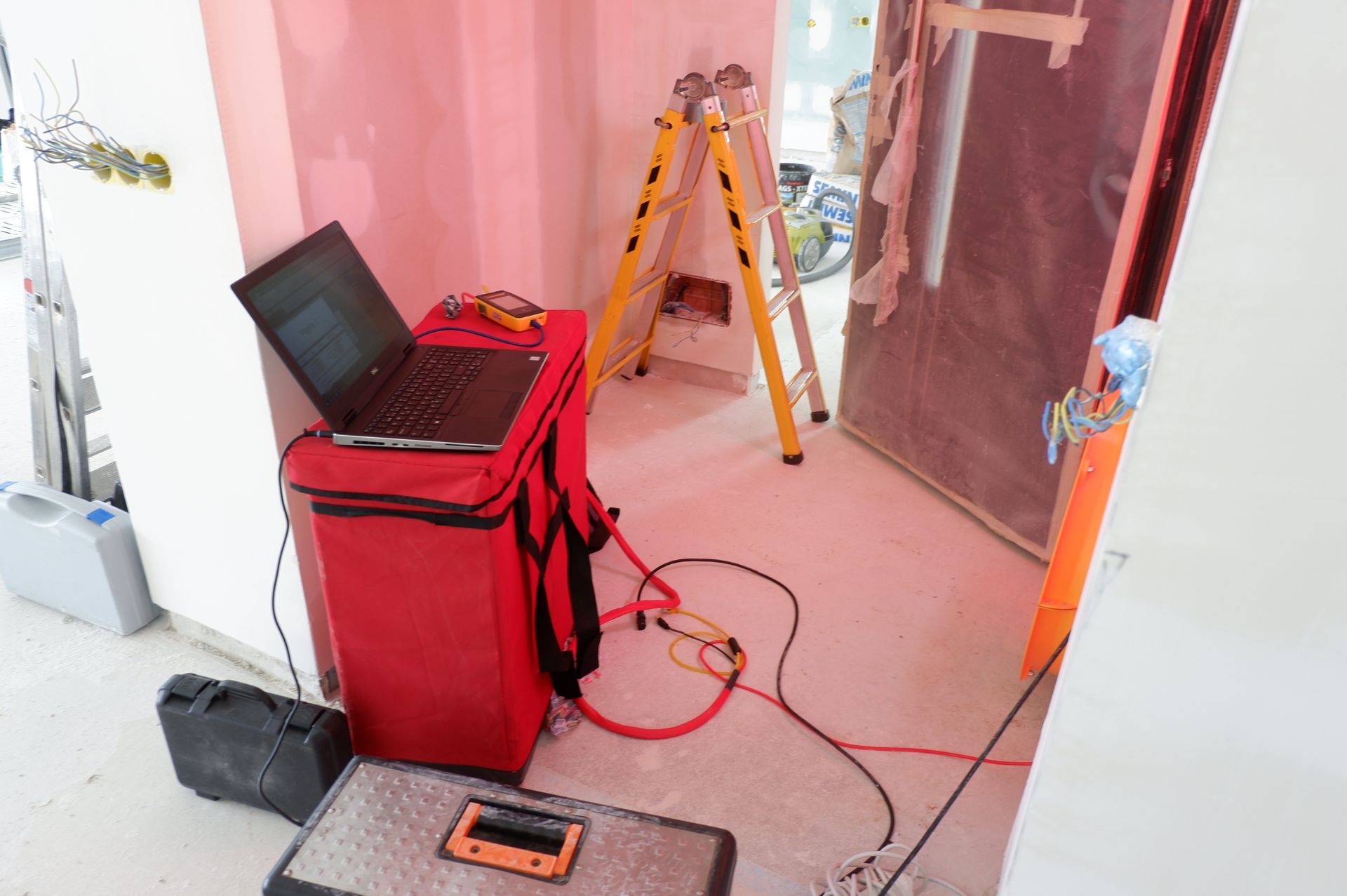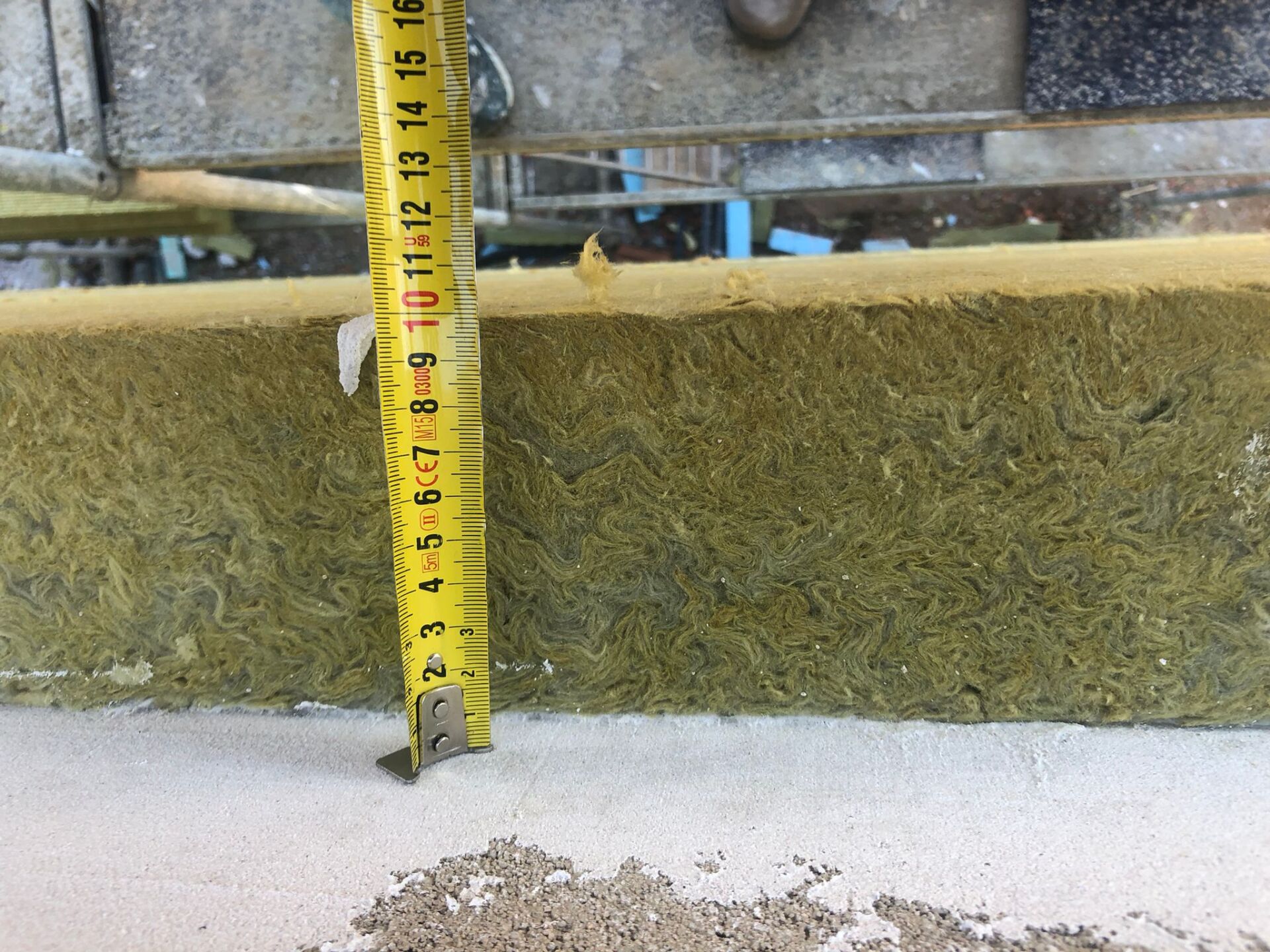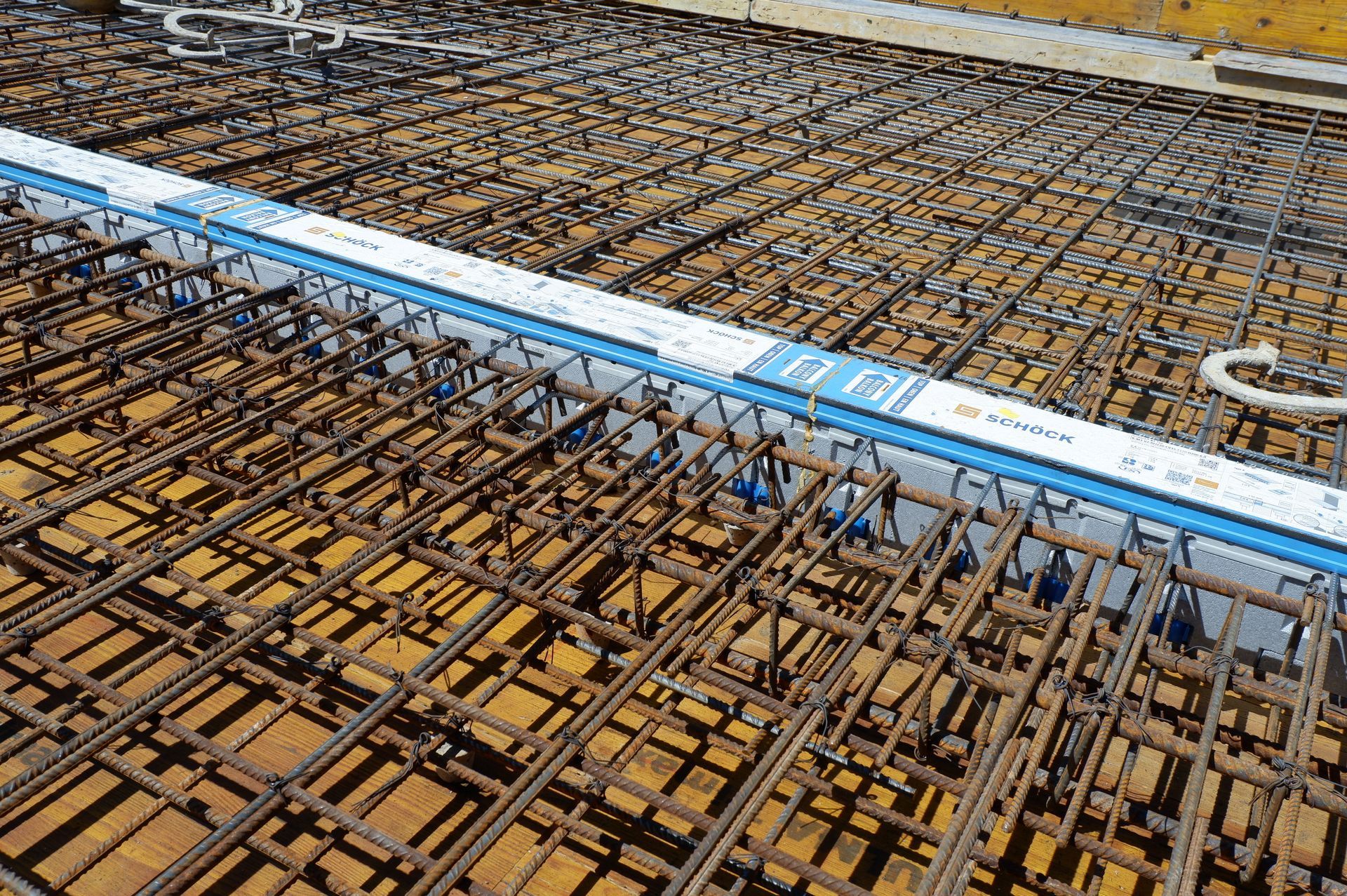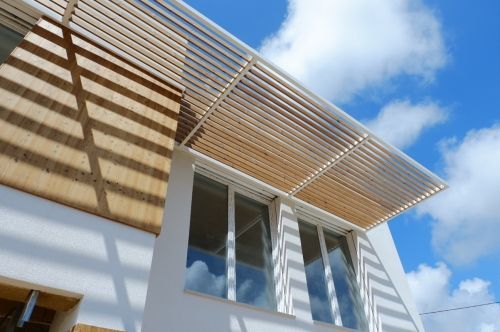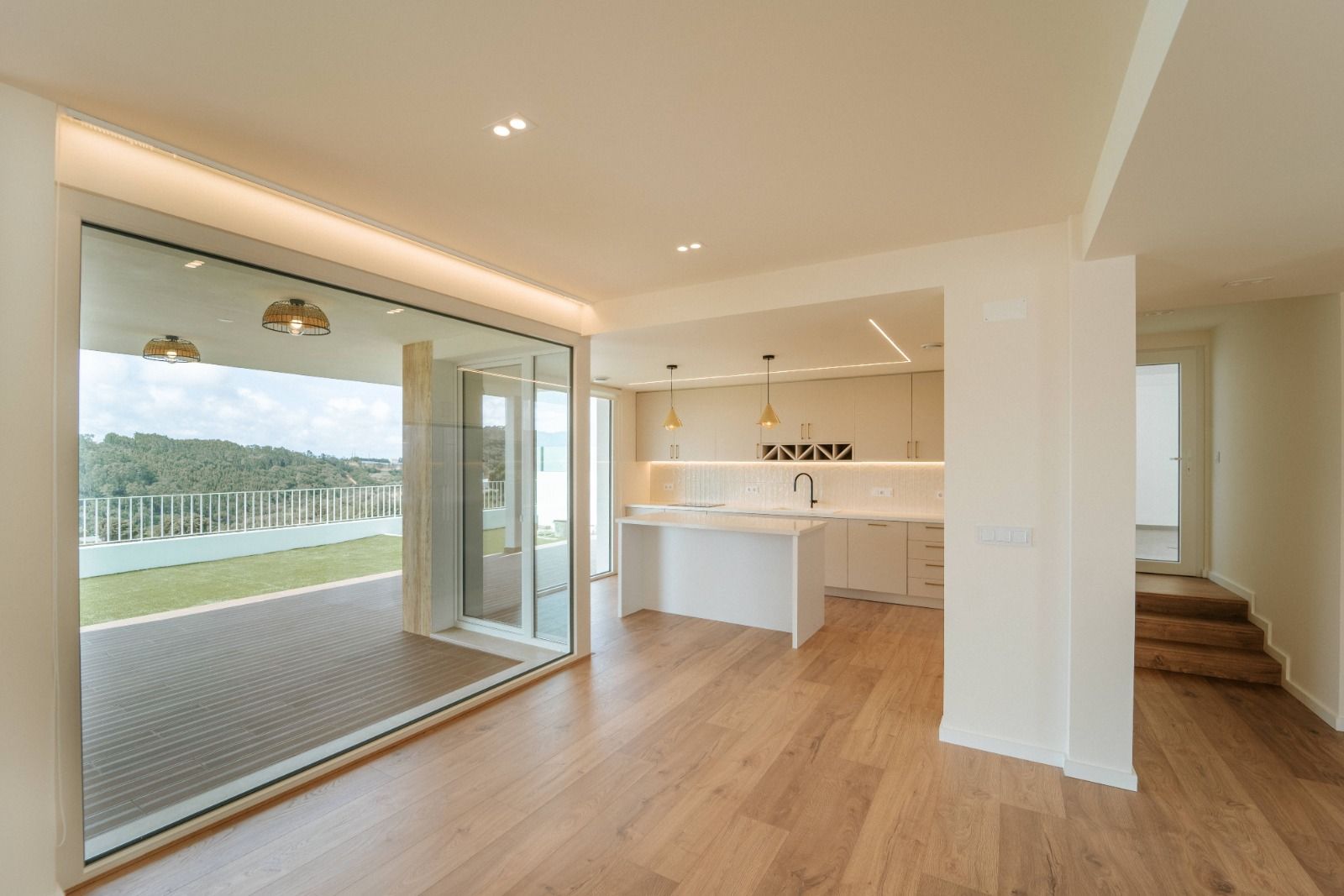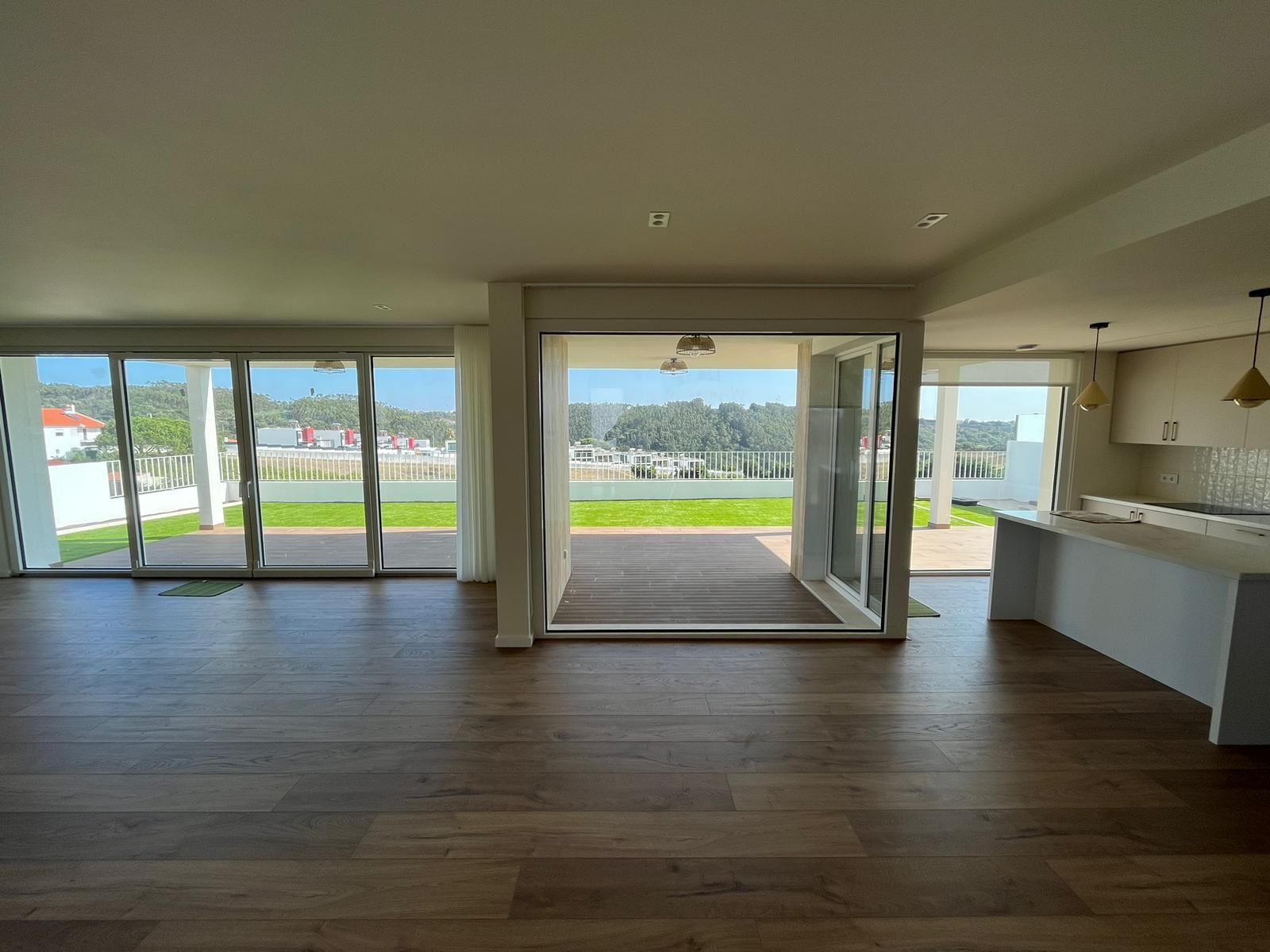Mechanical Ventilation or Natural Ventilation?
Which of the two systems is more sustainable?

Mechanical ventilation is one of the five core principles of the Passive House Standard—and also the one that often generates the most controversy and resistance. Yet, this resistance is unfounded among those who truly study and work within sustainable construction.
Why? Because it's a system? How many systems do we have in a home that contribute to comfort and that we would never even think of giving up? Heating and cooling systems, hot water systems—mechanical ventilation is just another system that, when properly designed and dimensioned, can actually reduce or even eliminate the need for traditional heating or cooling systems by controlling indoor air quality and relative humidity.
The main reason for this resistance is a lack of understanding of how mechanical ventilation works in a home and of the technical concept and standards proposed by Passive House.
A well-designed and properly dimensioned ventilation system with heat recovery, combined with airtight construction (eliminating uncontrolled air leaks in the building envelope), and ensuring effective air distribution across the entire living space, is always more sustainable and energy-efficient than uncontrolled natural ventilation.
When we look at the overall picture, a certified #passivhaus ventilation unit consumes far less energy than natural ventilation without proper control—especially when we end up needing heating or cooling to restore thermal comfort, resulting in unnecessary energy use. How long, and when, should we leave natural ventilation active? How do we monitor its performance? How do we control it? What are the indirect energy costs? Can we really guarantee thermal and humidity comfort and consistency across the entire living area?
Mechanical ventilation, when implemented according to the Passive House Standard, ensures comfort, energy efficiency, and is clearly the more sustainable option.







